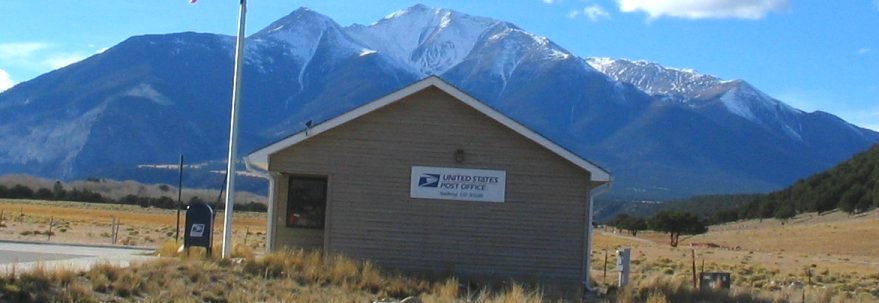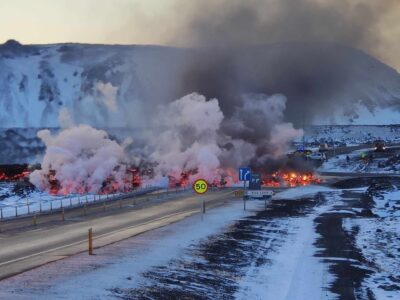US Geological survey sees potential for development in Colorado
The US Geological survey sees a 67MW geothermal potential in Colorado and has identified nine areas with the best potential and says more data collection is necessary.
The Bureau of Land Management wants to know more about the potential for geothermal energy in the San Luis Valley.
In the valley, there are a number of hot springs in commercial or recreational use, although none have temperatures higher than 140 degrees.
Also, a series of zones beneath the San Juan Mountains on the west side of the valley are listed as potential hot spots by the BLM.
The agency, which administers the federal mineral estate, has started an analysis of what lands should be open to geothermal leasing and what conditions should govern the development, said Joe Vieira, project manager for the valley’s BLM office.
There are no outstanding geothermal leases in the region, nor have there been any parcels nominated for leasing, but federal and state officials hope that will change.
The U.S. Geological Survey has estimated that up to 67 megawatts of energy could be developed in Colorado from geothermal sources by 2038, providing electricity to power 25,000 homes annually.
Nine areas of the state have been identified as spots with the best potential, including the edges of the San Luis Basin, the Raton Basin west of Trinidad and Mount Princeton near Buena Vista.
Paul Morgan, a senior geothermal geologist with the Colorado Geological Survey, said more data from deeper depths are needed to get a clearer picture of the valley’s potential.
“The measurements we have here don’t always do it justice,” Morgan said.
A leasing program for geothermal would be similar to the one the agency uses for oil and natural gas. Parcels could be nominated for a lease auction, which would include competitive bidding. The agency is seeking public comment on the kinds of leasing stipulations that should apply and what areas should be off limits to development.
Restrictions could include no surface occupancy, controlled surface occupancy or timing limitations, in which developers are barred from any construction activity for a specific time frame.
Areas that will be excluded from leasing include the National Park System, congressionally-dedicated wilderness areas and wilderness study areas.
Should leasing lead to the development of power plants, the plants would be unobtrusive in comparison to other forms of power generation, Morgan said.
“You’re not looking at huge things with smokestacks and huge cooling towers,” he said. “They can essentially be lost in the countryside pretty easily.”
The new leasing program, which is expected to be completed in March, would replace a 1991 plan.”
Source: The Pueblo Chieftain


















